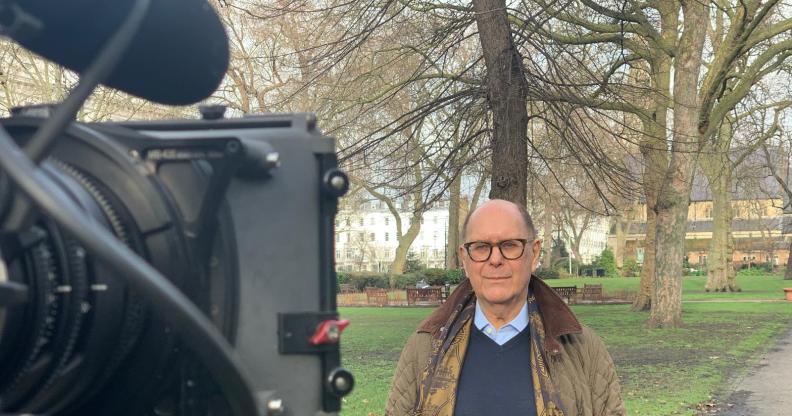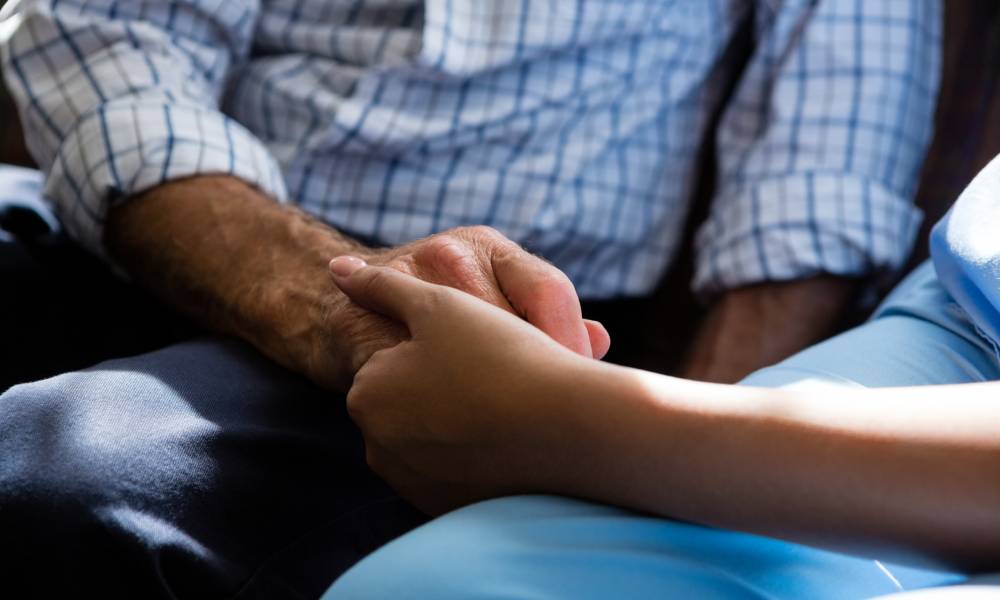Are LGBT+ retirement villages the answer – or are we forcing queer elders back into the shadows?

Chris Sandford
As a new generation of LGBT+ people enter old age, a range of queer-affirming retirement homes, hospices and co-housing communities are emerging to cater for them.
These pioneering LGBT+ retirement schemes are already proving popular among queer elders, who want to live out their final years in respect and comfort among others like them. It’s a neat solution to the heteronormative nature of elderly care services – but if done improperly it has the potential to create problems of its own, as Chris Sandford explains.
Earlier this year I read that I now have the opportunity to live in a gay retirement “village” in the heart of Vauxhall – a safe haven for people who fear being forced back into the closet in conventional retirement homes.
There is absolutely no doubt that we, as a community and a society, must think about what a comfortable and appropriate retirement for LGBT+ people looks like. This will include very different needs to a conventional retirement: people who perhaps came out at a later stage in their lives than is more usual today must not consider self-censoring themselves in fear of those around them.
For many members of the LGBT+ community (though not exclusively), there is the additional worry of retiring with complex medical needs related to being HIV+. But is exclusive – and expensive – housing just another way of creating a gay or HIV ghetto, cut off from society? And is this merely a short-term solution?
The real question I ask myself is why we need such a project: Why – in the 21st century – do LGBT+ and people living with HIV fear that they will not be treated with respect and dignity in their old age? Where does this fear come from? Why is there a call for such a development?
A great many older LGBT+ people have experienced stigma and discrimination during their lives; were growing up or coming out when it was illegal to be homosexual. They tell how they were criminalised, imprisoned or forced to undergo conversion therapy; how they lost their job or were dismissed from the military; had difficulty finding accommodation; faced inequality in healthcare; and were often verbally and physically abused.
Their stories have shocked me over the years. Their experiences are a burden they carry for the rest of their lives.
Access to a comfortable retirement cannot be the preserve of the wealthy
This is why they fear the future in conventional care homes. And although we must change attitudes of society, this takes time. The argument should focus instead on ensuring that access to a comfortable retirement cannot be the preserve of the wealthy. We should be laying the groundwork for affordable accommodation right now.
And of course, we must recognise that not every LGBT+ person wants to retire in an LGBT+ facility even if it is affordable. So how do we ensure the six per cent of the UK population who are LGBT+ have the same choices and opportunities as heterosexual people?
We should be educating care home staff, nursing staff and care home managers. Those on the frontline must understand how LGBT+ people’s life experiences differ; how to make sure same-sex couples feel comfortable showing their affections for one another or even caring for partners in their final moments.
I have heard stories of LGBT+ people being hounded from their homes by homophobic neighbours and few report minor abuse to the police because of the historical context – through the fear of being harassed and arrested by them. They also fear that they will not be listened to or taken seriously.
I know that great progress has been made in this in recent years but there is more to do. This is the generation who fought for LGBT+ rights, the decriminalisation of homosexuality, gay liberation, marched against Section 28, fought for civil partnerships, same-sex marriage and bore the brunt of the AIDS epidemic.
Those living with HIV today who survived the epidemic of the 80s and 90s have even more poignant stories to tell – discriminated against for not only being gay but vilified for catching the “gay plague”, which of course, it never was. Today gay men represent only seven per cent of those living with HIV globally.
We should be ashamed of how these men were treated. Yet it was this generation of mainly gay men living with HIV who took part in medical trials and research, giving us the effective treatment and care we have today and which has rendered HIV a chronic manageable condition.
We should be laying the groundwork for affordable accommodation right now
Education is the key to allaying the fears of the ageing LGBT+ population – of social workers, care home staff, housing departments, healthcare workers, local and national organisations.
There are other challenges that these sectors must face too, including the ageing population of people living with HIV. By 2030, 70 per cent will be in the 50+ age range. Are care homes, healthcare workers and social care primed for dealing with these men and women who will need complex HIV care in their later years? We urgently need to start educating and planning for the future.
And that is why I am proud to support the work of the National HIV Story Trust, who are dedicated to not only ensuring the stories of the HIV/AIDS pandemic are not forgotten but that they serve to educate and to inform.
It is only through these kinds of efforts that we can ensure those in society with more complex requirements are afforded the retirement they deserve.
Chris Sandford has lived with HIV for 40 years and taught at universities around the world. He volunteers for The National HIV Story Trust which has filmed interviews with over 100 people affected by the HIV pandemic of the 80s and 90s. The interviews have been donated to the London Metropolitan Archives where they will serve as a record in perpetuity.


